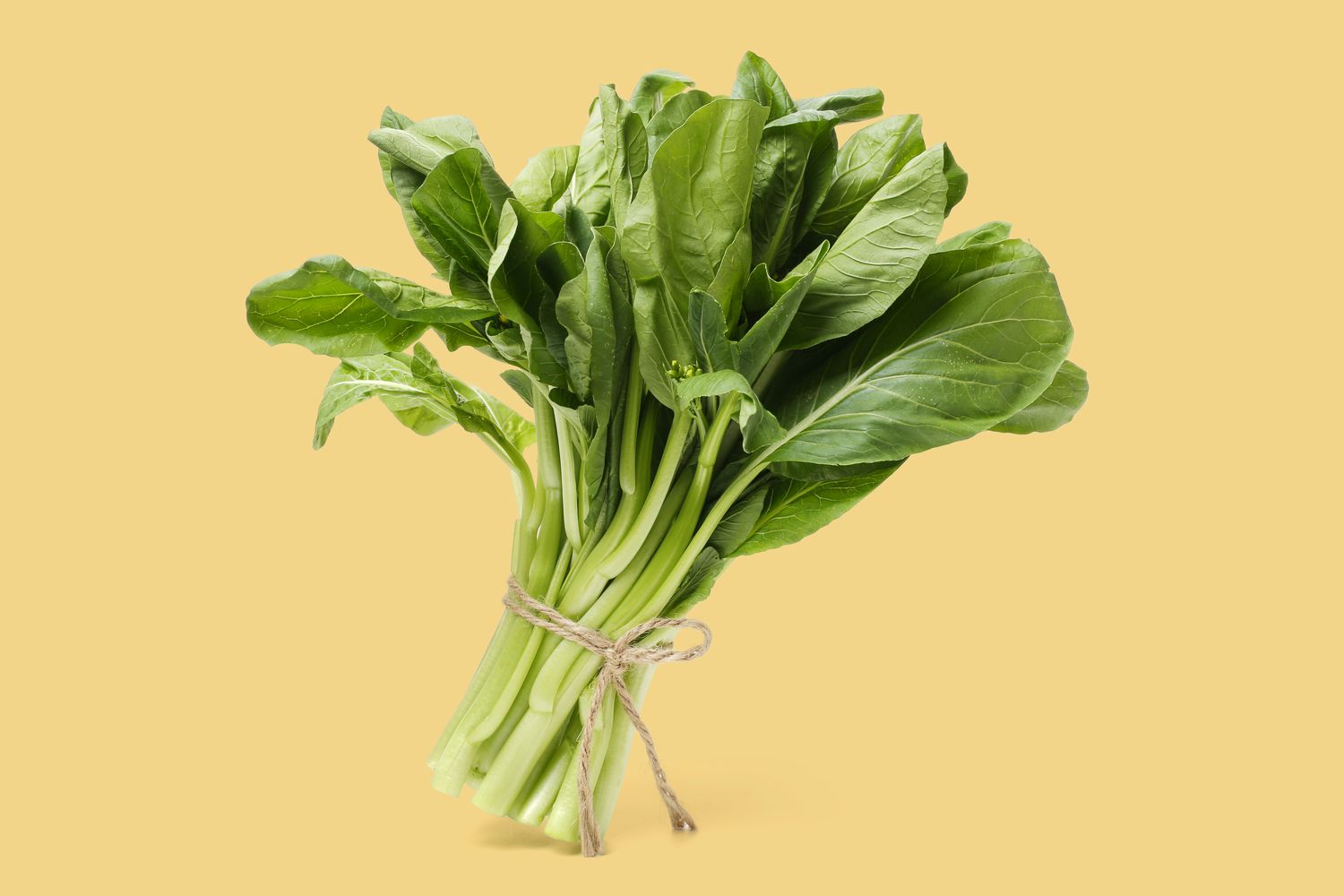
Mustard greens, a leafy vegetable packed with nutrients, have been a staple in various cuisines for centuries. But what makes these greens so special? Mustard greens are rich in vitamins A, C, and K, which support vision, immune function, and blood clotting. They also contain antioxidants that help fight inflammation and chronic diseases. With their peppery flavor, mustard greens can add a unique twist to salads, soups, and stir-fries. Whether you're a seasoned cook or just starting out, incorporating mustard greens into your diet can be both delicious and beneficial. Ready to learn more? Let's dive into 30 fascinating facts about mustard greens!
Key Takeaways:
- Mustard greens are a nutrient powerhouse, packed with vitamins and antioxidants that support vision, immune function, and digestion. They also promote strong bones and detoxification, making them a valuable addition to your diet.
- Mustard greens have a rich historical significance, dating back thousands of years and being used in various cultures. They are versatile in culinary uses, offering a peppery flavor in salads, sautés, and traditional dishes.
Nutritional Powerhouse
Mustard greens are packed with nutrients that benefit your health in numerous ways. Let's dive into some fascinating facts about these leafy greens.
- Mustard greens are rich in vitamins A, C, and K. These vitamins support vision, immune function, and blood clotting.
- They contain antioxidants like beta-carotene and flavonoids, which help protect your cells from damage.
- High in fiber, mustard greens aid in digestion and help maintain a healthy gut.
- These greens are a great source of calcium, promoting strong bones and teeth.
- Mustard greens provide iron, essential for transporting oxygen in the blood.
Historical Significance
Mustard greens have a long history and have been used in various cultures for centuries.
- Originating in the Himalayan region, mustard greens have been cultivated for over 5,000 years.
- Ancient Romans and Greeks used mustard greens for their medicinal properties.
- In Chinese cuisine, mustard greens have been a staple for thousands of years, often pickled or stir-fried.
- During the American Civil War, mustard greens were a common food source for soldiers.
- Mustard greens were introduced to North America by European settlers in the 17th century.
Culinary Uses
These greens are versatile and can be used in a variety of dishes. Here are some interesting ways to enjoy them.
- Mustard greens can be eaten raw in salads, adding a peppery flavor.
- They are often sautéed with garlic and olive oil for a quick, nutritious side dish.
- In Southern cuisine, mustard greens are traditionally cooked with ham hocks or bacon.
- Indian cuisine features mustard greens in dishes like sarson ka saag, a popular Punjabi dish.
- Mustard greens can be blended into smoothies, providing a nutrient boost without overpowering the taste.
Health Benefits
Including mustard greens in your diet can have several health benefits.
- They help lower cholesterol levels due to their high fiber content.
- Mustard greens have anti-inflammatory properties, which can help reduce the risk of chronic diseases.
- They support detoxification by aiding liver function and removing toxins from the body.
- The high vitamin K content in mustard greens promotes bone health and reduces the risk of fractures.
- Mustard greens can improve skin health due to their high vitamin A content.
Growing Mustard Greens
Interested in growing your own mustard greens? Here are some facts to get you started.
- Mustard greens are easy to grow and can thrive in various climates.
- They prefer cool weather, making them ideal for spring and fall planting.
- Mustard greens can be grown in containers, making them suitable for small spaces.
- They are fast-growing, with some varieties ready to harvest in just 30 days.
- Mustard greens can be harvested multiple times by cutting the outer leaves and allowing the inner leaves to continue growing.
Fun Facts
Here are some quirky and lesser-known facts about mustard greens.
- Mustard greens belong to the Brassica family, which includes broccoli, cabbage, and kale.
- The seeds of mustard greens can be used to make mustard condiments.
- Mustard greens have a spicy, peppery flavor, which can vary in intensity depending on the variety.
- They are often used as a cover crop to improve soil health and prevent erosion.
- Mustard greens are known to repel pests in the garden, making them a natural companion plant.
Mustard Greens: A Nutritional Powerhouse
Mustard greens pack a punch when it comes to nutrition. Loaded with vitamins A, C, and K, they boost your immune system, improve vision, and help with blood clotting. Their high fiber content aids digestion and keeps you feeling full longer, making them great for weight management. Plus, they contain antioxidants that fight off free radicals, reducing the risk of chronic diseases.
These leafy greens are versatile in the kitchen. You can sauté them, add them to soups, or even blend them into smoothies. Their peppery flavor adds a unique twist to any dish.
Incorporating mustard greens into your diet is a smart move for your health. Whether you're looking to improve your diet or simply enjoy a new vegetable, mustard greens offer a tasty and nutritious option. Give them a try and reap the benefits!
Frequently Asked Questions
Was this page helpful?
Our commitment to delivering trustworthy and engaging content is at the heart of what we do. Each fact on our site is contributed by real users like you, bringing a wealth of diverse insights and information. To ensure the highest standards of accuracy and reliability, our dedicated editors meticulously review each submission. This process guarantees that the facts we share are not only fascinating but also credible. Trust in our commitment to quality and authenticity as you explore and learn with us.


